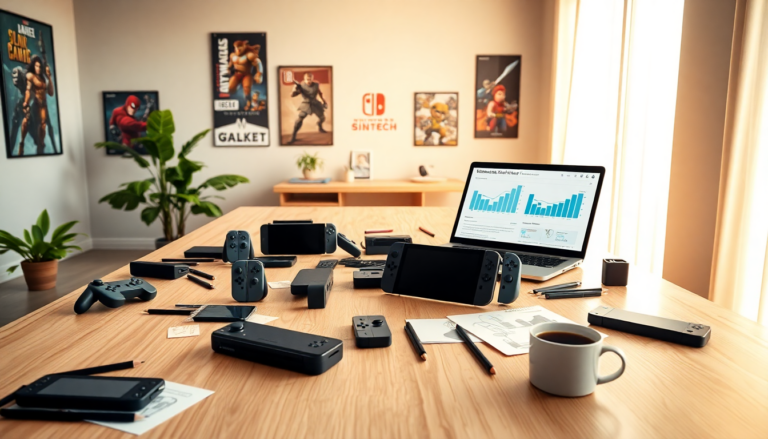Argomenti trattati
The recent announcement regarding a new trade agreement that imposes tariffs on Vietnamese goods has sparked a flurry of questions about the pricing strategy for the highly anticipated Nintendo Switch 2 console. With gamers eagerly waiting for this next-generation console, it’s crucial to understand how these tariffs could impact its performance in the market. Given that Nintendo manufactures the Switch 2 in Vietnam, the potential effects of a 20% tariff are significant for both consumers and investors.
Understanding the Tariff Landscape
President Trump recently unveiled a trade deal with Vietnam, introducing a hefty 20% tariff on goods coming from the country. This is a marked shift from previous tariff rates, which had been momentarily lowered to 10% during a brief 90-day pause. Nintendo’s original projections, which were based on the 10% tariff, are now under the microscope, as the company could face serious financial hurdles if the new tariffs take effect. This changing landscape is essential for both the firm and its consumers, as it directly influences pricing strategies and market viability.
Market Reaction and Early Sales Performance
The launch of the Nintendo Switch 2 has been nothing short of phenomenal, with 3.5 million units flying off the shelves in its opening weekend—outpacing its predecessor by a remarkable margin. However, while initial sales figures in the U.S. and U.K. look promising, reports of shortages in other regions are causing some customer frustration. The company’s president has publicly acknowledged these challenges, apologizing to shareholders for not anticipating the overwhelming demand. This situation underscores the complicated relationship between supply, demand, and the ever-changing economic landscape.
Looking Ahead: Pricing Expectations and Strategies
As the gaming world keeps a close eye on developments, the specter of a 20% tariff looms large, raising concerns about how it will affect the console’s pricing structure. Originally priced at $449, any increase could deter potential buyers and impact overall sales figures. Nintendo is taking a proactive stance by delaying pre-orders to reassess the situation. Fortunately, the tariffs are currently suspended, allowing the company to maintain its initial price point for now. Still, the uncertainty surrounding the final implementation of these tariffs places the market in a delicate position.
In conclusion, as Nintendo navigates these turbulent waters, it’s vital for both consumers and investors to stay alert. The potential for rising prices due to tariffs could significantly alter the landscape of the gaming market. Keeping track of developments in trade policy will be essential for anyone looking to invest in or purchase the Nintendo Switch 2. The interplay between economics and consumer electronics is constantly evolving, and grasping these dynamics will be key to making informed decisions.

